The first rule of underwater photography is to make sure your camera is safe and dry. The best way to do that is to check for leaks prior to entering the water using a vacuum valve and pump.
When used properly, a vacuum pump evacuates the air from the housing after it is sealed. If air re-enters the system after evacuating it, it's an indication that there's a leak somewhere in the system. We first use a vacuum pump to remove the air, then check again at a later time to see that the air pressure inside of the housing has not changed.
John Brigham, VP of Ikelite and head of product development, goes through what to do and what not to do when using a Vacuum Pump with Gauge to check for leaks on your housing.
Additional Reading
Why You Need Strobes Underwater
Trade Up to the Dry Lock System
The Next Generation of Professional Underwater Strobes
The Right Lens for Every Situation Underwater
When to Use a Compact 8" Dome Port Underwater
Straight vs 45 Degree Magnified Viewfinder for Underwater Shooting
Installing a Magnifying Viewfinder [VIDEO]
TTL Testing and Troubleshooting
How to Polish an Acrylic Dome Port [VIDEO]


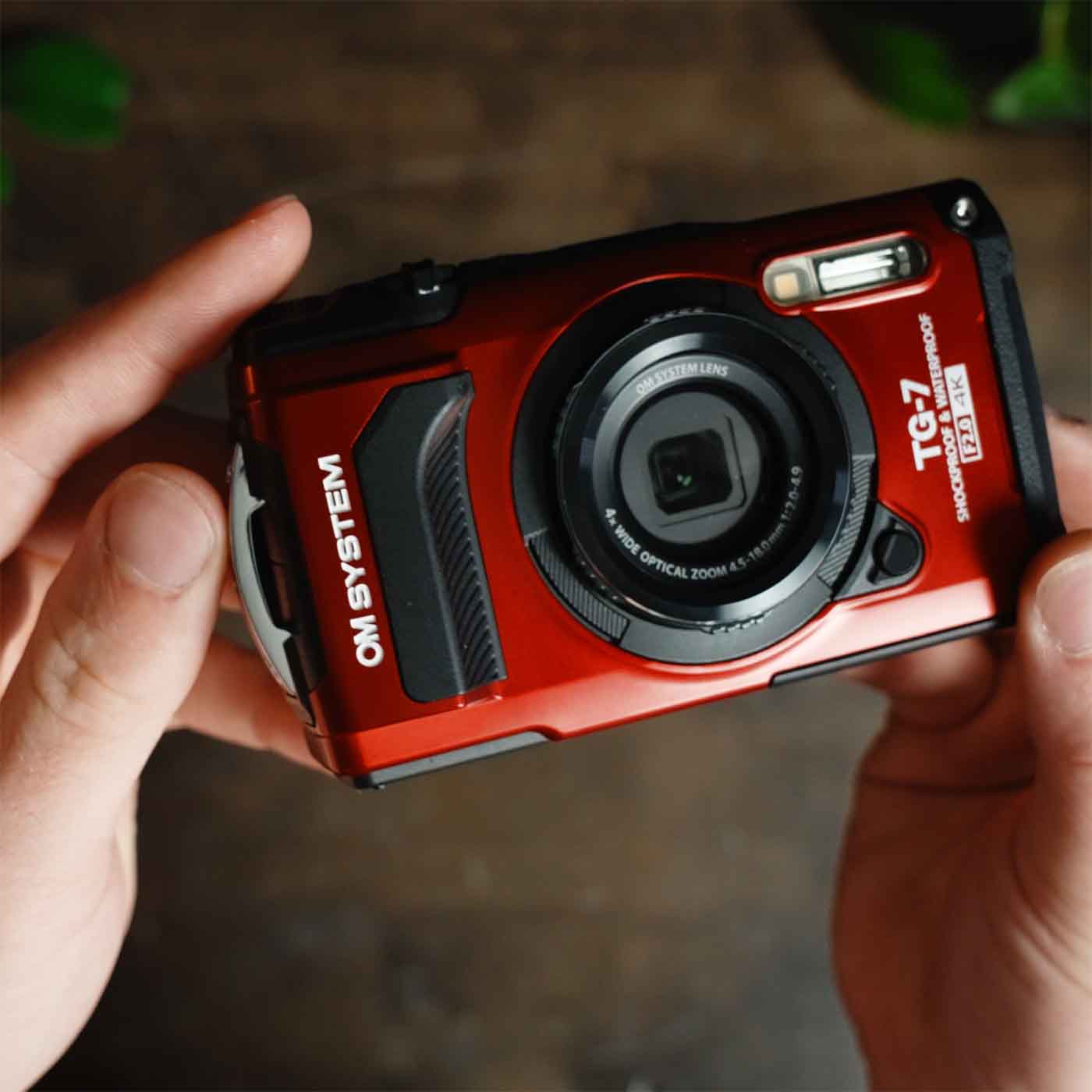
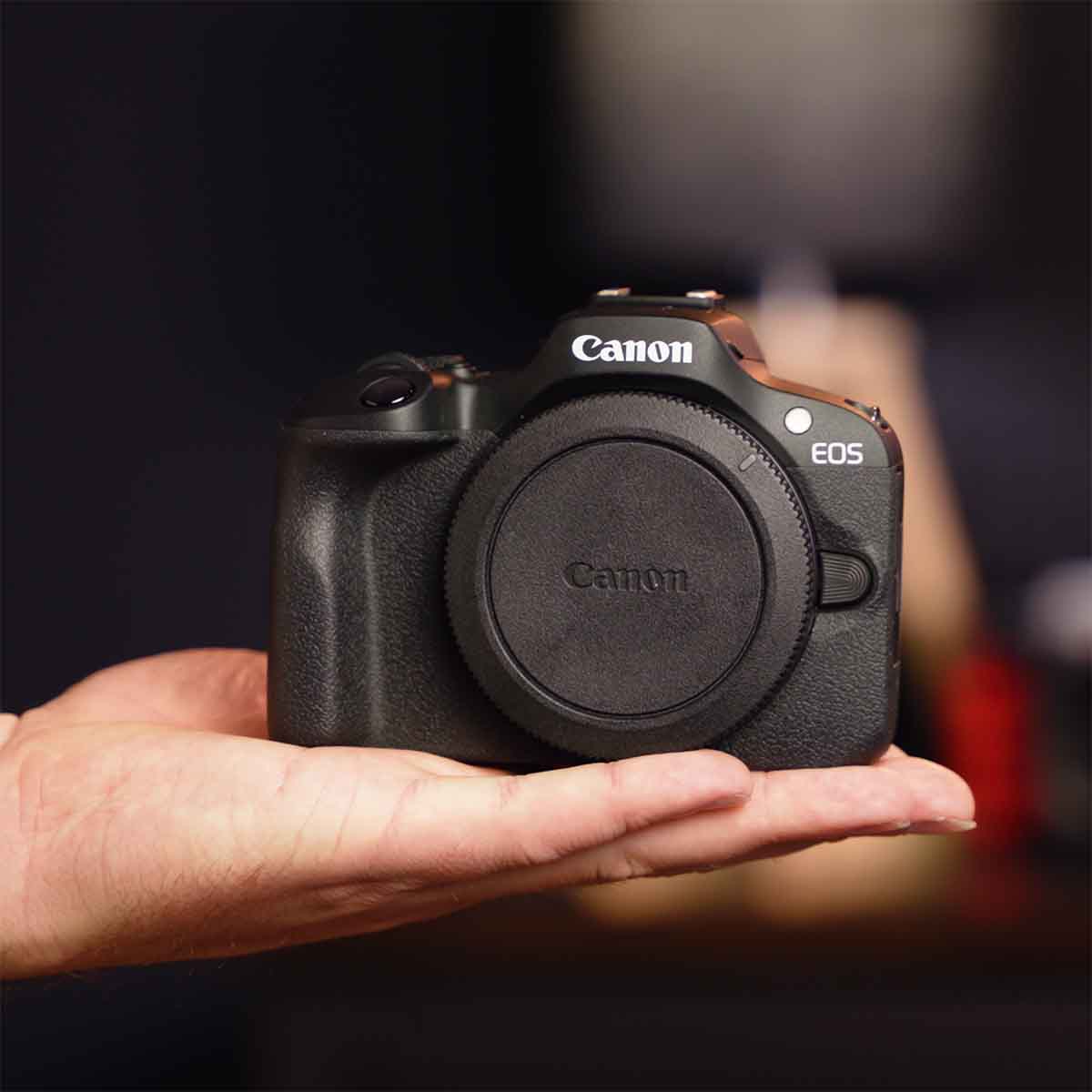
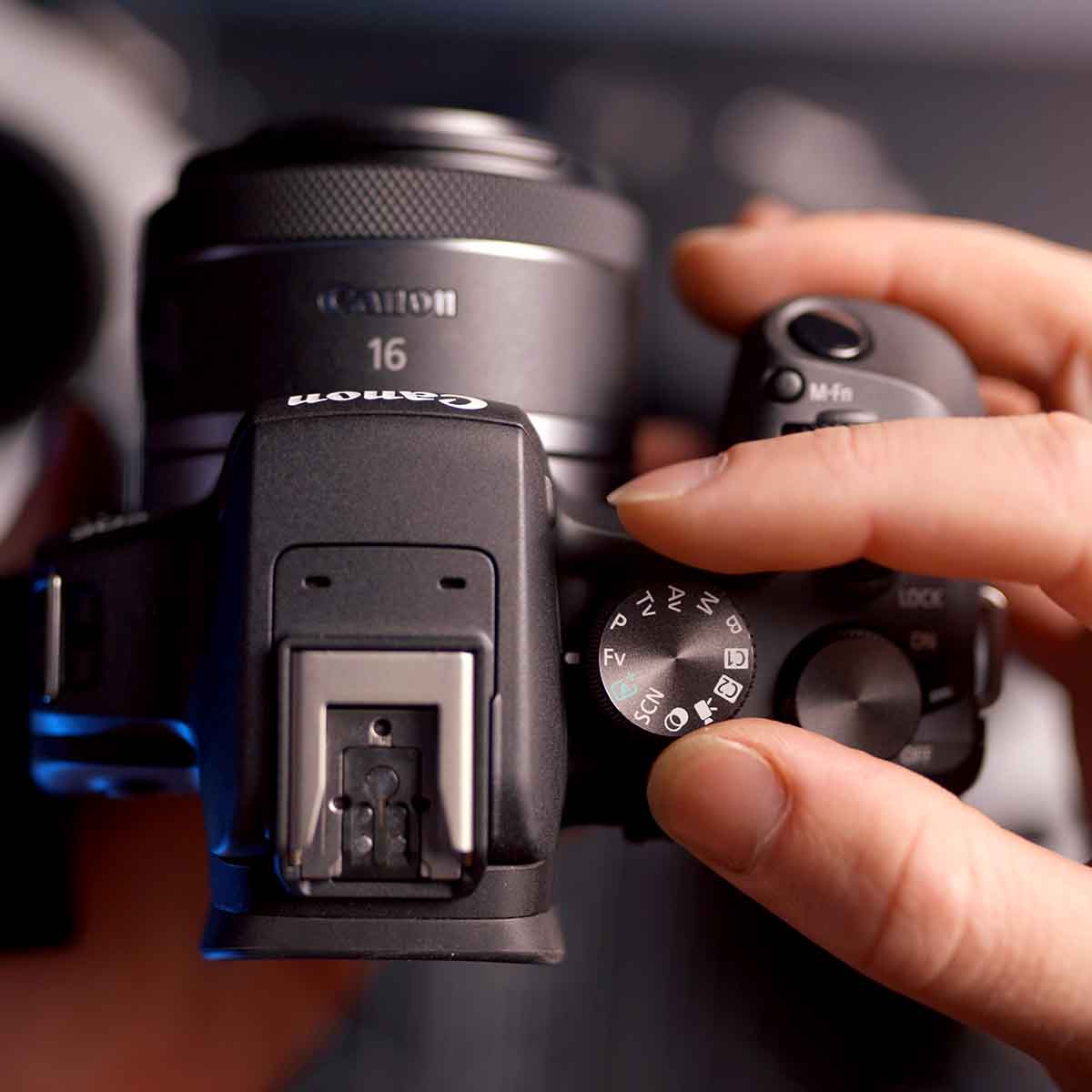
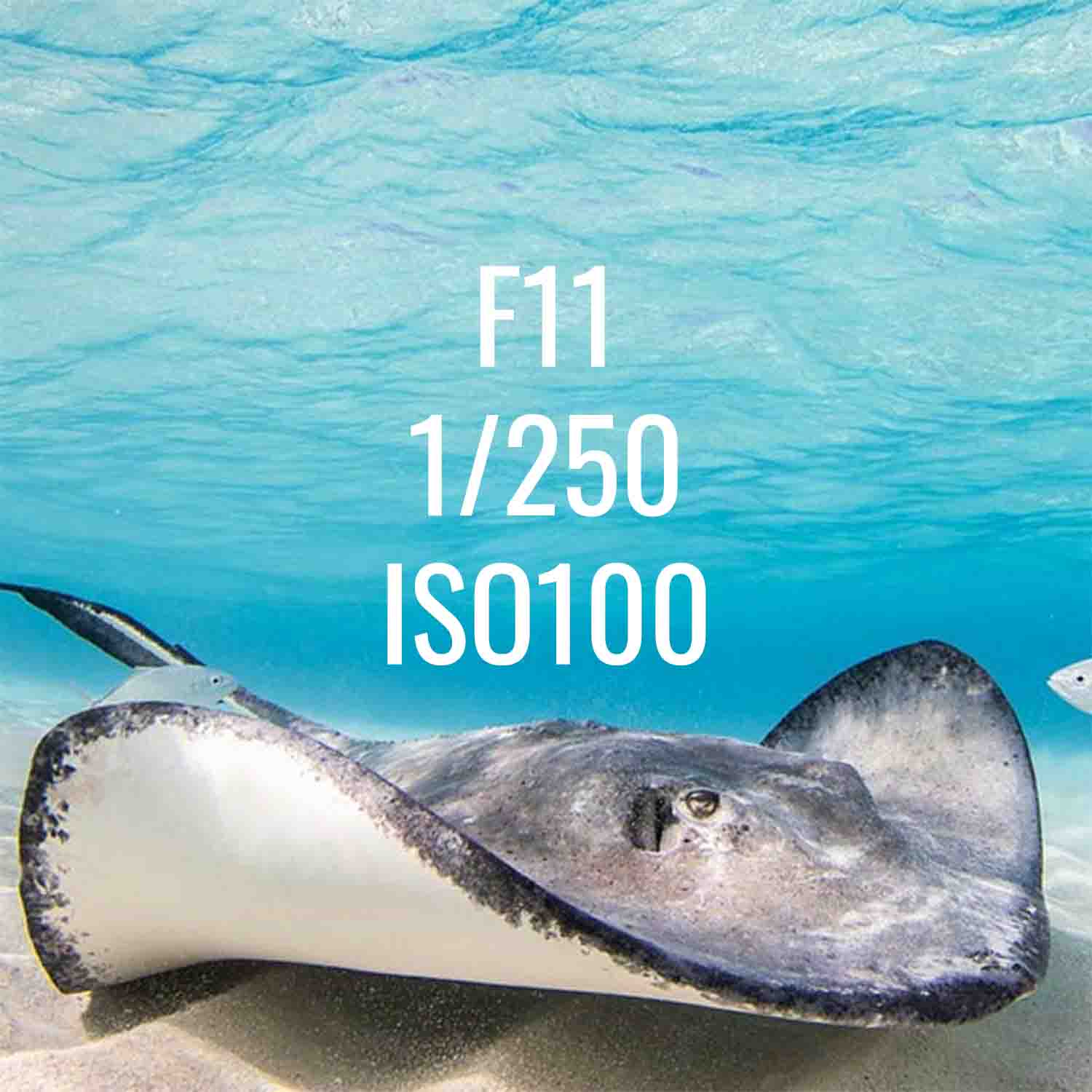

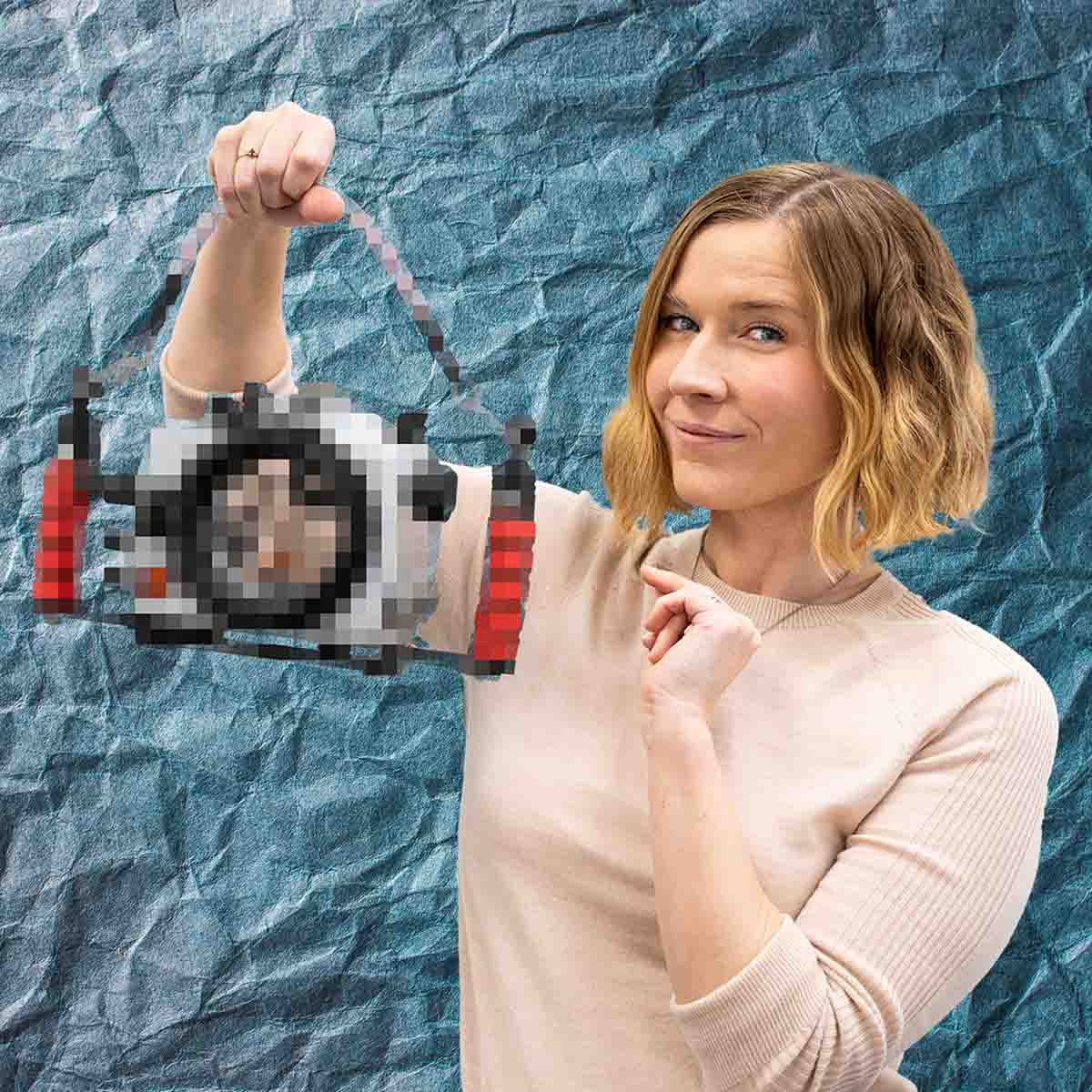
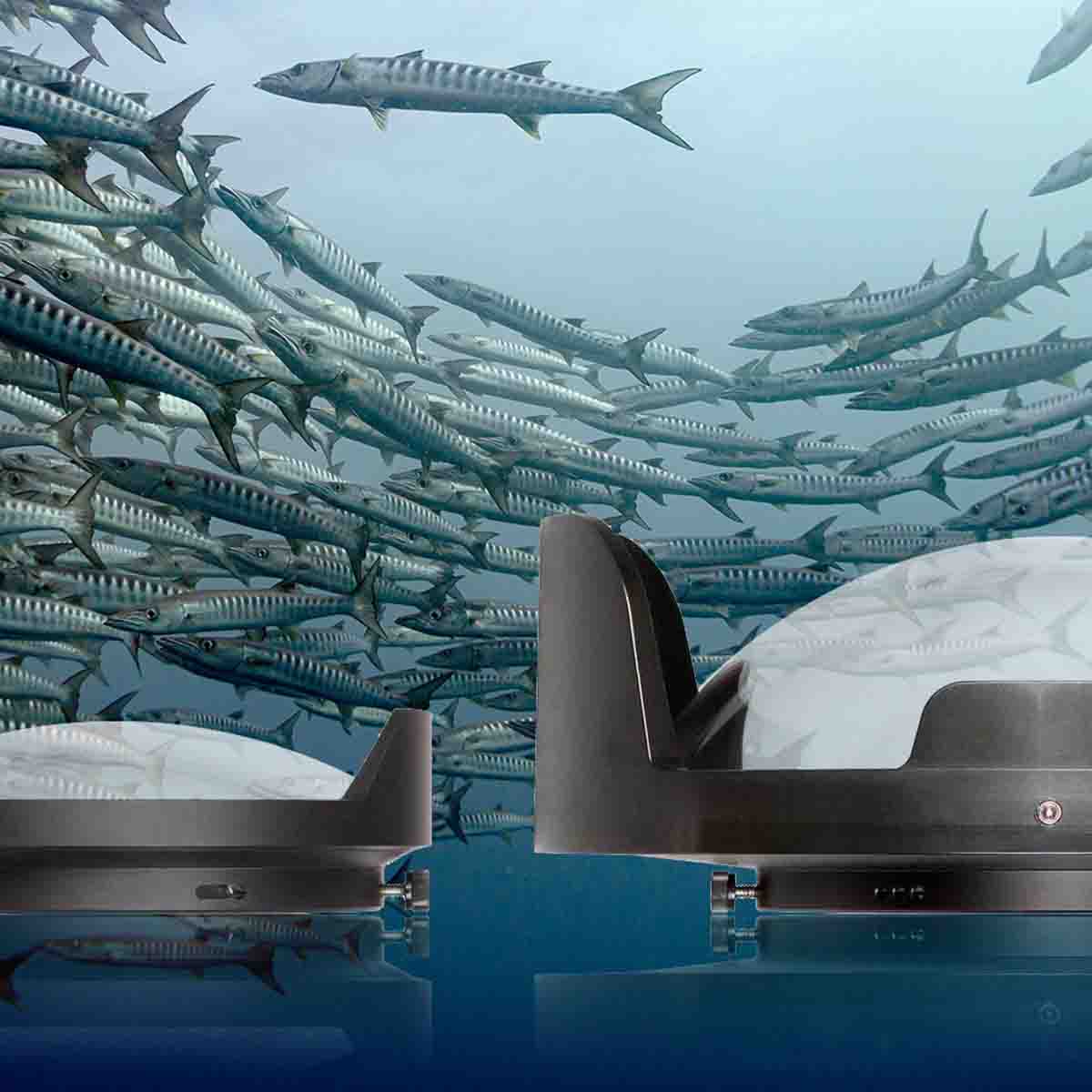
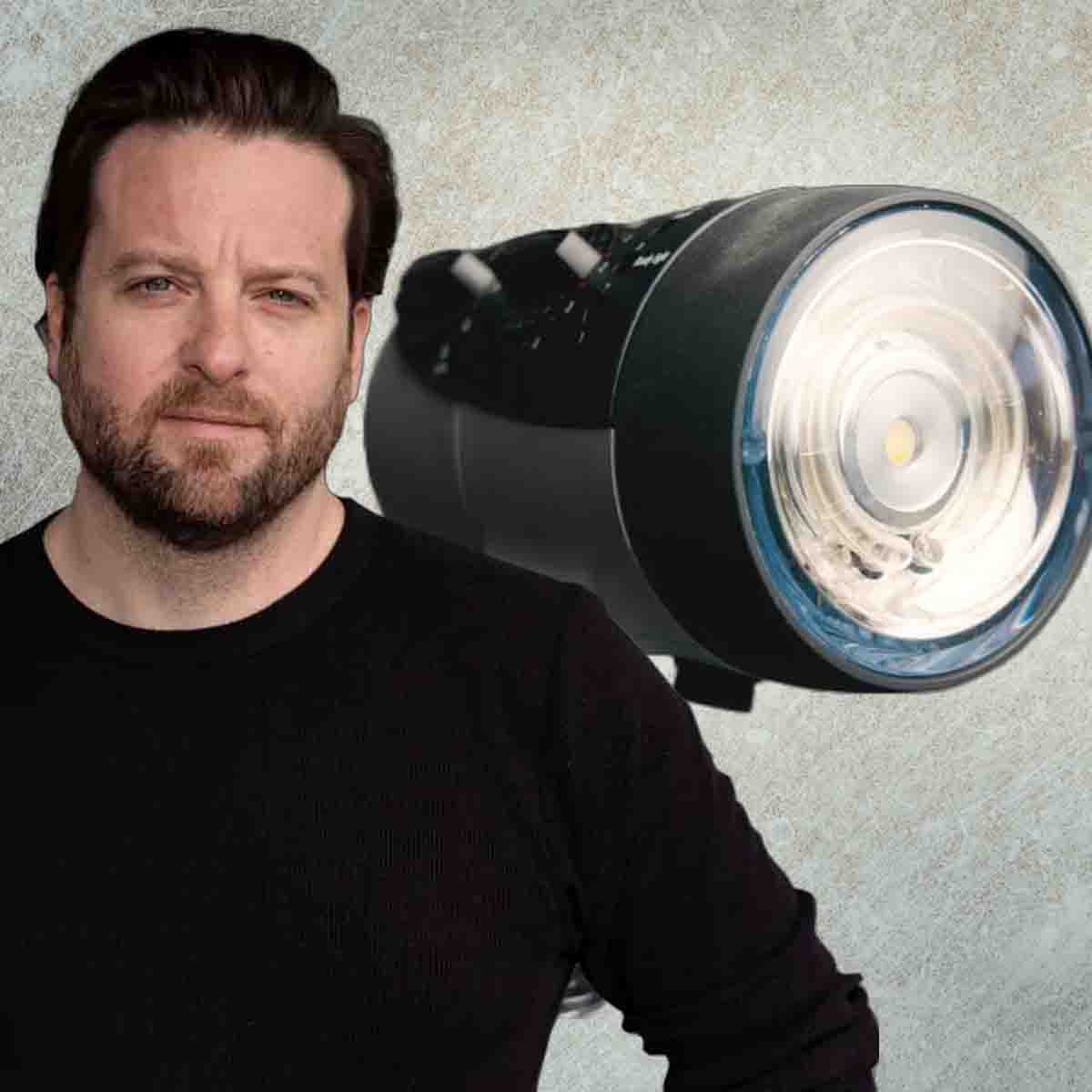


![Programming a DL5 or DL6 DS Link TTL Converter for Canon Cameras [VIDEO]](http://www.ikelite.com/cdn/shop/articles/programming-dl5-ttl-converter.jpg?v=1643911809&width=3487)
![Setting Up Your Olympus TG-6 Underwater System [VIDEO]](http://www.ikelite.com/cdn/shop/articles/setting-up-olympus-tough-tg-6.jpg?v=1648499951&width=2000)